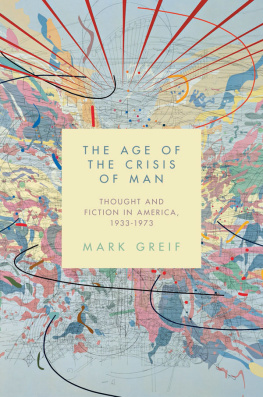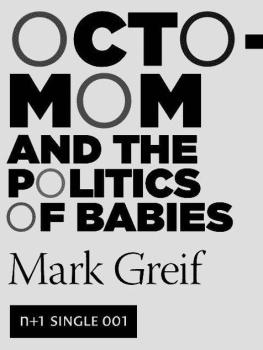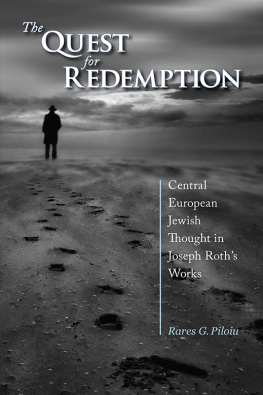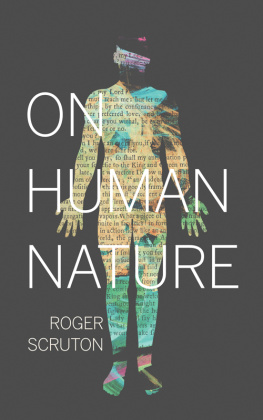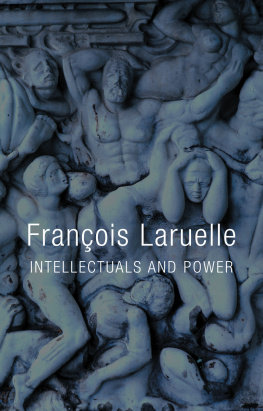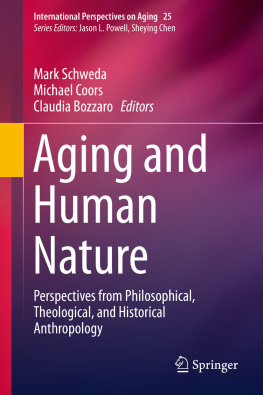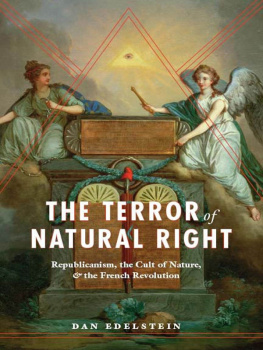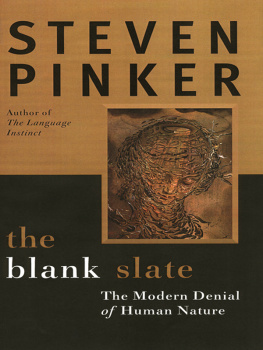
THE AGE OF THE CRISIS OF MAN
THE AGE OF THE CRISIS OF MAN
THOUGHT AND FICTION IN AMERICA, 19331973
MARK GREIF
PRINCETON UNIVERSITY PRESS
PRINCETON AND OXFORD
Copyright 2015 by Princeton University Press
Published by Princeton University Press, 41 William Street, Princeton, New Jersey 08540
In the United Kingdom: Princeton University Press, 6 Oxford Street, Woodstock, Oxfordshire OX20 1TW
press.princeton.edu
Jacket art Julie Mehretu, Looking Back to a Bright New Future, 2003.
All Rights Reserved
Library of Congress Cataloging-in-Publication Data
Greif, Mark, 1975
The age of the crisis of man : thought and fiction in America, 19331973 / Mark Greif.
pages cm
Includes bibliographical references and index.
ISBN 978-0-691-14639-3 (h : alk. paper) 1. American fiction20th centuryHistory and criticism. I. Title.
PS379.G73 2014
813.509dc23
2014007905
A portion of was originally published as The Death of the Novel and Its Afterlives: Toward a History of the Big, Ambitious Novel, in boundary 2, Vol. 36, issue 2, pp. 1130.
Copyright 2009, Duke University Press. All rights reserved. Reprinted by permission of the present publisher, Duke University Press. www.dukeupress.edu
British Library Cataloging-in-Publication Data is available
This book has been composed in ITC Century Std and Futura
Printed on acid-free paper.
Printed in the United States of America
10 9 8 7 6 5 4 3 2 1
For my parents
CONTENTS
PART I
Genesis |
CHAPTER 1
Introduction |
CHAPTER 2
Currents through the War |
CHAPTER 3
The End of the War and After |
PART II
Transmission |
CHAPTER 4
Criticism and the Literary Crisis of Man |
PART III
Studies in Fiction |
CHAPTER 5
Saul Bellow and Ralph Ellison |
CHAPTER 6
Ralph Ellison and Saul Bellow |
CHAPTER 7
Flannery OConnor and Faith |
CHAPTER 8
Thomas Pynchon and Technology |
PART IV
Transmutation |
CHAPTER 9
The Sixties as Big Bang |
CHAPTER 10
Universal Philosophy and Antihumanist Theory |
CONCLUSION
Moral History and the Twentieth Century |
PREFACE
What purpose is served by delineating the core of the human? Or, in an older nomenclature, the nature or condition of Man? The project recurs in the history of thought. It is not purely continuous. Against a background murmur that may be ceaseless emerge audible moments of conversation and command.
The moments we know well, for example, of the German Enlightenment before 1800 or Athens in the fourth century BC, may inspire a misconception. They encourage us to suppose that in every moment of intensified inspection of the human, a notable mutation occurs, a collective result or definite disagreement emerges, and the idea of humanity is decisively changed.
On the contrary. The more general recurrence may be of episodes in which the imperative to determine the human creates the meaningful effect. This would constitute a form of interrogative rumination that adopts some habits, but not the essential ones, of investigations from a discipline or a science. It would be the questioning of the human that mattered and not the answers.
An impressive number of books (some famous, many forgotten) that appeared in the United States in the period 1933 to 1973 carried a particular kind of title. One knows immediately the era in which American and transatlantic intellectuals produced works like The Nature and Destiny of Man (Reinhold Niebuhr), The Condition of Man (Lewis Mumford), The Root is Man (Dwight Macdonald), Existentialism Is a Humanism (Jean-Paul Sartre), The Human Condition (Hannah Arendt), and One-Dimensional Man (Herbert Marcuse), the same era in which a popular photographic exhibition called The Family of Man (Edward Steichen and Carl Sandburg) could bring a quarter million visitors to the Museum of Modern Art in New York before drawing nine million viewers worldwide, and have its title sound not vacuous and naive, as it can today, but stately and exigent.
The of Man made a pattern for many of the defining titles of midcentury, not only because of the accident of nomenclature by which man stood for humankind or human beings, but because the key instances identified books that shared a fixed and finite constellation of concerns. Similar titles appeared on the covers of more forgettable but equally revealing volumes presenting comparable worries about the human future: Man the Measure (Erich Kahler), Modern Man Is Obsolete (Norman Cousins), The Science of Man in the World Crisis (Ralph Linton), Educationfor Modern Man (Sidney Hook), Human Nature and the Human Condition (Joseph Wood Krutch), and Who Is Man? (Abraham Joshua Heschel).
These publications left behind the old campaigners that one still finds, bent-spined, on used bookstore shelves, their back covers decorated with appraisalsof the loss of the dignity of man, of mans fallen condition, of the need to save man from himselfembalmed in a language that often seems incomprehensible. They are the books, too, that were on the basement shelves of my childhood, in twenty-five-cent or fifty-cent reprints, the worthy and earnest paperbacks that my parents generation inherited to educate themselves for the responsibilities of their era.
It would be easy to leave the famous books to their individual histories and to ignore the minor books as period pieces from a period few would trouble to define. Having dug through this material, I will argue that the discourse it reveals from the midcentury age of the crisis of man is historically indispensable. I will not, however, be arguing that the discourse was wise, or either good or bad. Exhuming history should not require that we venerate it, only understand its constitution and effects. And the discourse was precisely of that peculiar imperative-interrogative type I believe we may often misunderstand or mischaracterize.
The elements of the discourse at its origin can be connected in a straightforward way. In the United States before 1933, pragmatism and progressivism stood as dominant philosophical legacies. John Dewey stood as a figurehead for both. Opponents of Dewey took energy from the overseas rise of fascism and a perceived need to oppose it with certainty, permanence, and transcendent values. The emigration of refugees from Hitler after 1933 deepened this confluence. The migrs, too, were desperate to mobilize resistance to Nazism, but they contributed new concerns and unfamiliar philosophical lineages. Perhaps the discourse might not have outlasted Allied victory in the war, but after Hiroshima and revelations of the Holocaust, the public reach of the discourse expanded and spread, even as its original rationale weakened. The pressure and purported mortal seriousness of the discourse could be felt in areas far exceeding the narrow philosophical worlds of its origins, as it was adopted by entrepreneurs of ideas for their own small worlds. (Most damaging to the discourses reputation among intellectuals was its adoption by propagandists for the Cold War, but this can be said to have shaped their further transformations of the discourse, not repelled intellectuals from it.)
Next page
